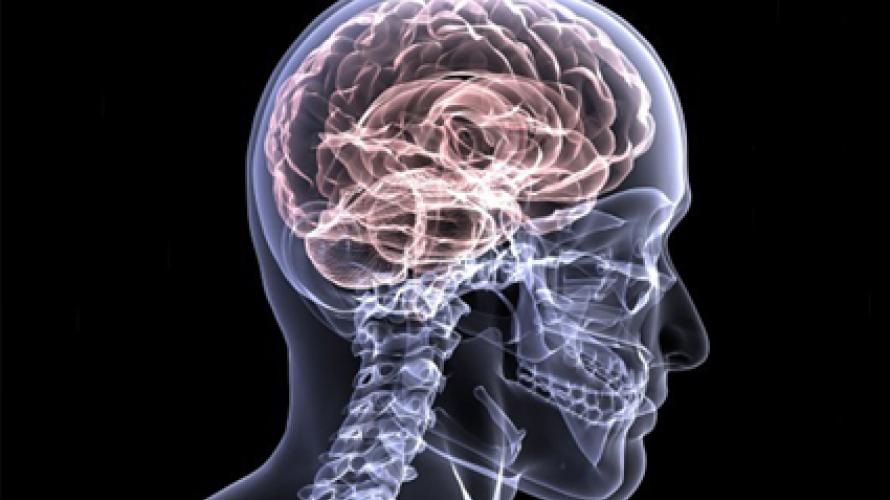
What is the study about?
Spontaneous and unpredictable recovery can sometimes occur after acute cervical traumatic spinal cord injury (tSCI). Because of this, baseline measures to predict neurologic recovery are often inaccurate. The aim of this study is to assess data from patients with acute cervical tSCIs to measure whether different clinical and x-ray findings predict recovery time one year after injury. The factors assessed included: maximum spinal canal compromise (MCC), maximum spinal cord compression (MSCC), longitudinal length of intramedullary lesion (IML), Brain and Spinal Injury Center score (BASIC), and a Combined Axial and Sagittal Score (CASS).
What did the study find?
The IML and BASIC were found to be significantly stronger predictors of neurological severity at one-year follow-up than the combined spinal canal compromise and the spinal cord compression. The BASIC score demonstrated the highest overall predictive value of recovery at one year.
Who participated in the study?
Both the Central Ohio Trauma System Registry and the Information Warehouse database were used to identify patients (n= 99) admitted to the Ohio State University Wexner Medical Center’s (OSUWMC) after acute tSCI from 2008 to 2015. To be included in the study, patients had to be 1) over the age of 18; 2) received a complete or incomplete spinal cord injury as measured by the American Spinal Injury Association Impairment Scale (AIS); 3) showed signs of various clinical patterns of tSCI; 4) were admitted directly or stabilized at other facilities before being transferred to OSUWMC, and 5) could undergo AIS assessments before operation and within 72 hours after injury.
How was the study conducted?
Cervical magnetic resonance imaging (MRI) was completed on 90 of the 99 patients upon admission to assess the different clinical and radiological factors. The remaining patients either underwent computed tomography myelography studies or did not undergo immediate imaging. MRI results were assessed by a trained neurosurgeon and spine surgery fellow. Any disagreement between the two assessors were resolved by a board-certified neuro-radiologist who was blinded to the other assessors’ scores.
Reference
Farhadi, H. F., Kukreja, S., Minnema, A., Vatti, L., Gopinath, M., Prevedello, L., . . . Schwab, J. M. (2018). Impact of Admission Imaging Findings on Neurological Outcomes in Acute Cervical Traumatic Spinal Cord Injury. Journal of Neurotrauma. doi:10.1089/neu.2017.5510